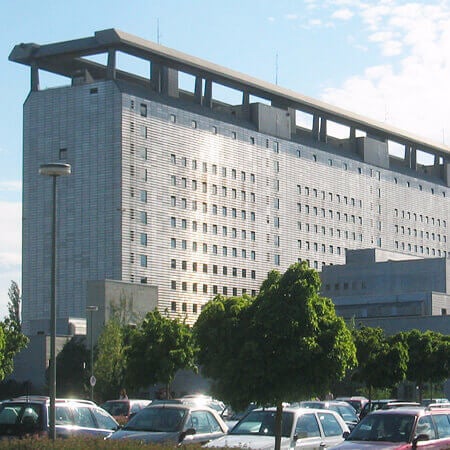About the disease
Alopecia is a hair loss on the head, which develops when an autoimmune system of a person starts to attack the hair follicles. Hair follicles is the source out of which hair starts to grow. In most cases, damage from the autoimmune system is not permanent and after some time hair start growing again. The exact reason why such destruction develops is unknown. Alopecia mostly affects people younger than twenty in their teenage years. Rarely, it can also develop in children and adults. There is no predominance of this disease among female and male population.
The main manifestation of alopecia is hair loss. At the beginning, clumps of hair start to fall out from the head. At first this process is selective and bald patches on the scalp are visible only in certain places. In some cases other hairy areas apart from the head, such as chest in men, can also undergo hair loss. In other cases, hair starts to become thinner in general without clumps of hair falling out. In advanced case a person can become absolutely bald. Overall, such hair loss can last for several months. After that a person usually continues to grow hair as usual.
Most commonly, the new hair which grow after the alopecia are lighter. There were cases when a person became white-haired even if he/she used to have dark hair.
According to American site WebMD, approximately 10% of all people who had alopecia do not grow hair later after few months of balding process had passed. The underlying cause of alopecia is believed to be genetic predisposition. Certain allergies are also believed to provoke alopecia. People with alopecia can also have changed fingernail structure.
Symptoms
- Unexplained hair loss
- Hair becomes thinner and thinner
- Patches of hair fall out
- After washing the hair a person can lose more than two or three hair strands at once
- Nails become weak and crumble
Diagnosis
- During a general examination a doctor will examine the scalp of a person and can tug at the hair to understand the intensity a person is losing it. Also, a person may need to come to the doctor several times for a doctor to understand the pattern and intensity of the hair loss.
- A hair sample may be examined under the microscope to rule out other conditions which can be causing the hair loss.
- A blood test is ordered to understand if there is any problem with thyroid gland, which can be overactive or underactive and can be causing the hair loss.
Treatment
- Conservative treatment includes prescription of corticosteroids to stop the hair loss and induce the growth of new hair. Special ointment can be used to reduce the hair loss as well.
- Transplantation of hair follicles with robotic-FUE ARTAS is an innovative cosmetic procedure used to transplant new hair follicles, which would function normally and help grow normal hair. Nowadays it is the most effective treatment option for alopecia.
Authors: Dr. Nadezhda Ivanisova, Dr. Sergey Pashchenko



















